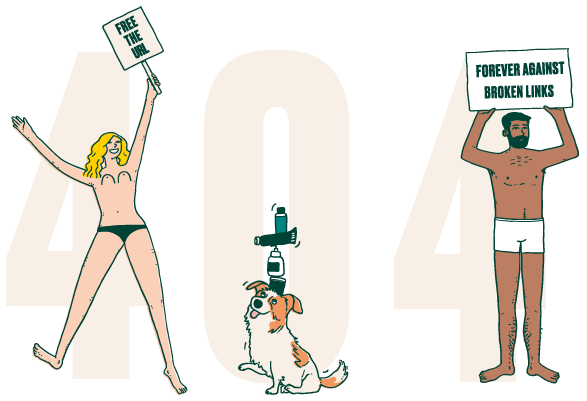
This page has disappeared. It's probably gone protesting. Sorry about that.
If you need a little help in the meantime, call our customer care team on (+44) 800 092 9090 (Mon-Fri 8am-6pm and Sat 9am-1pm).
Or ping us a message on our live chat at the bottom of the page (Mon-Sat 9am-9pm).
Blow my mind